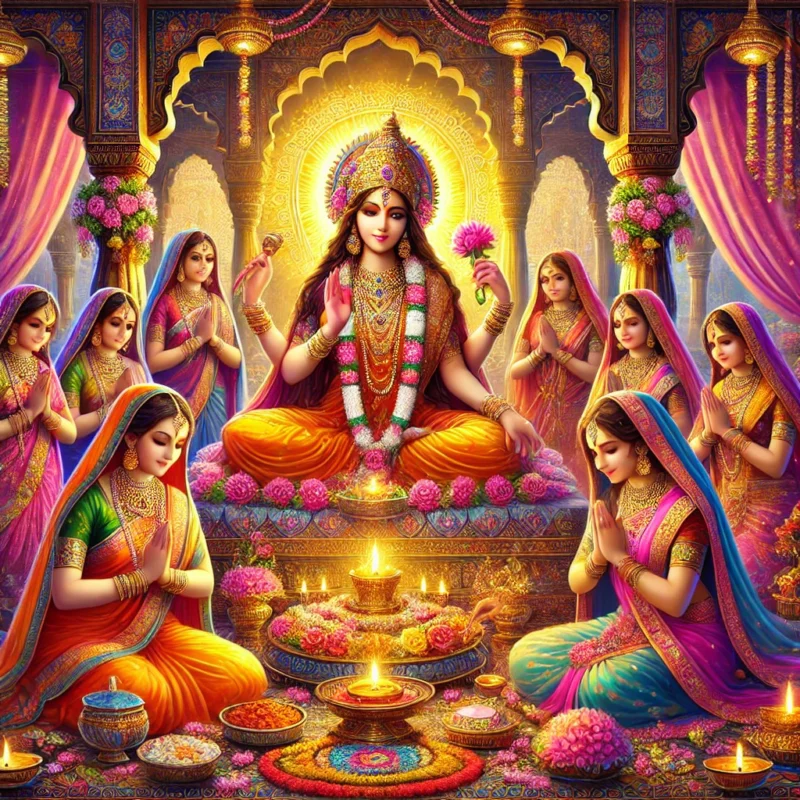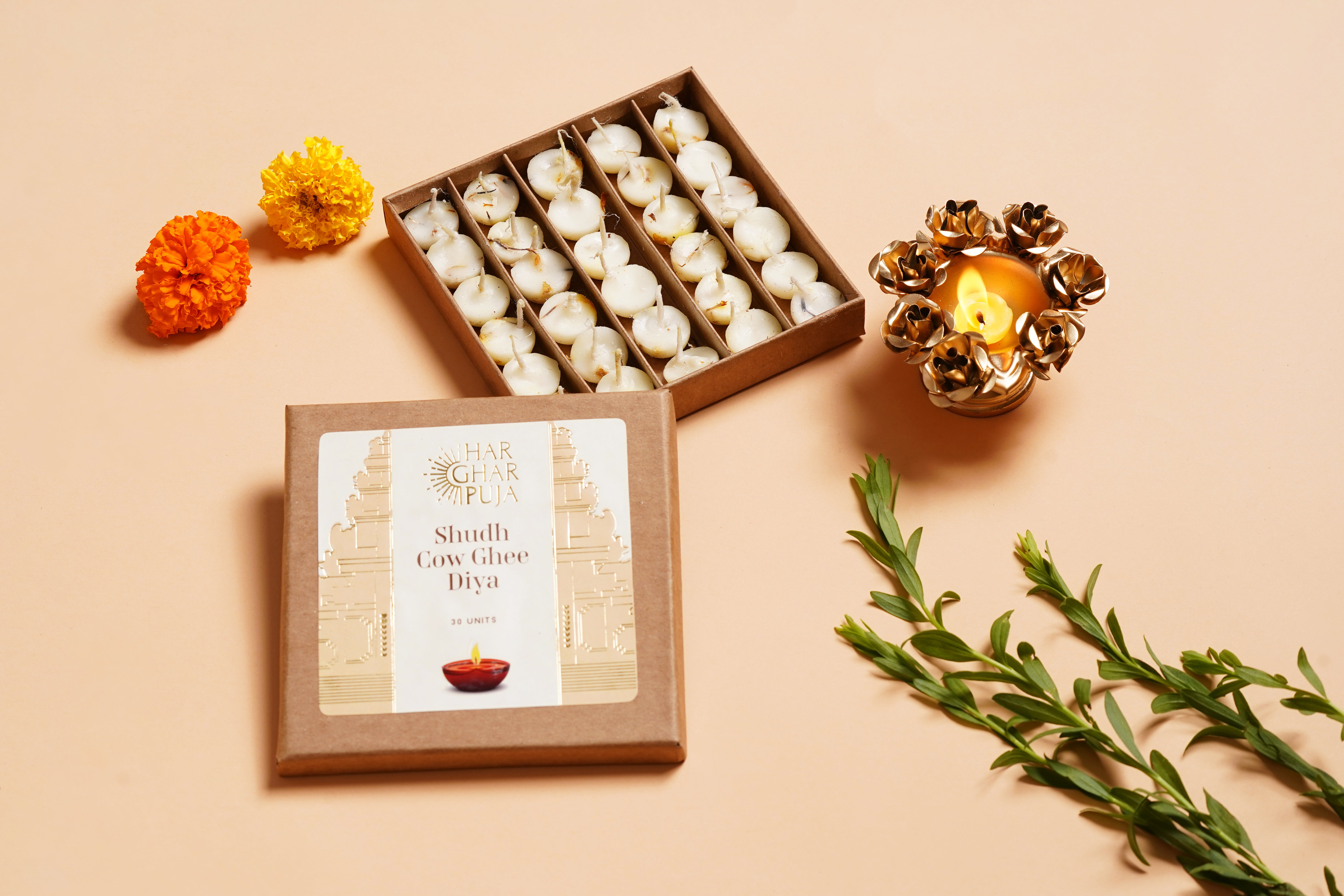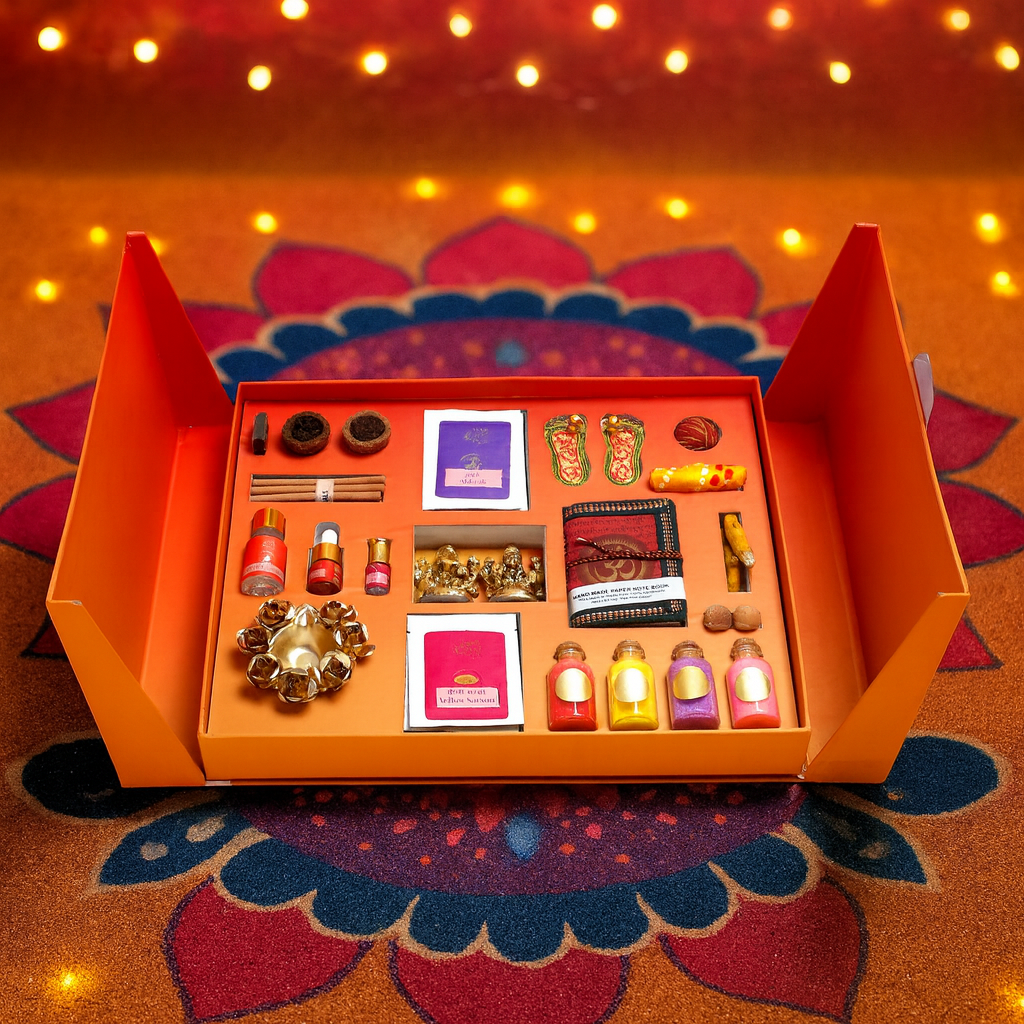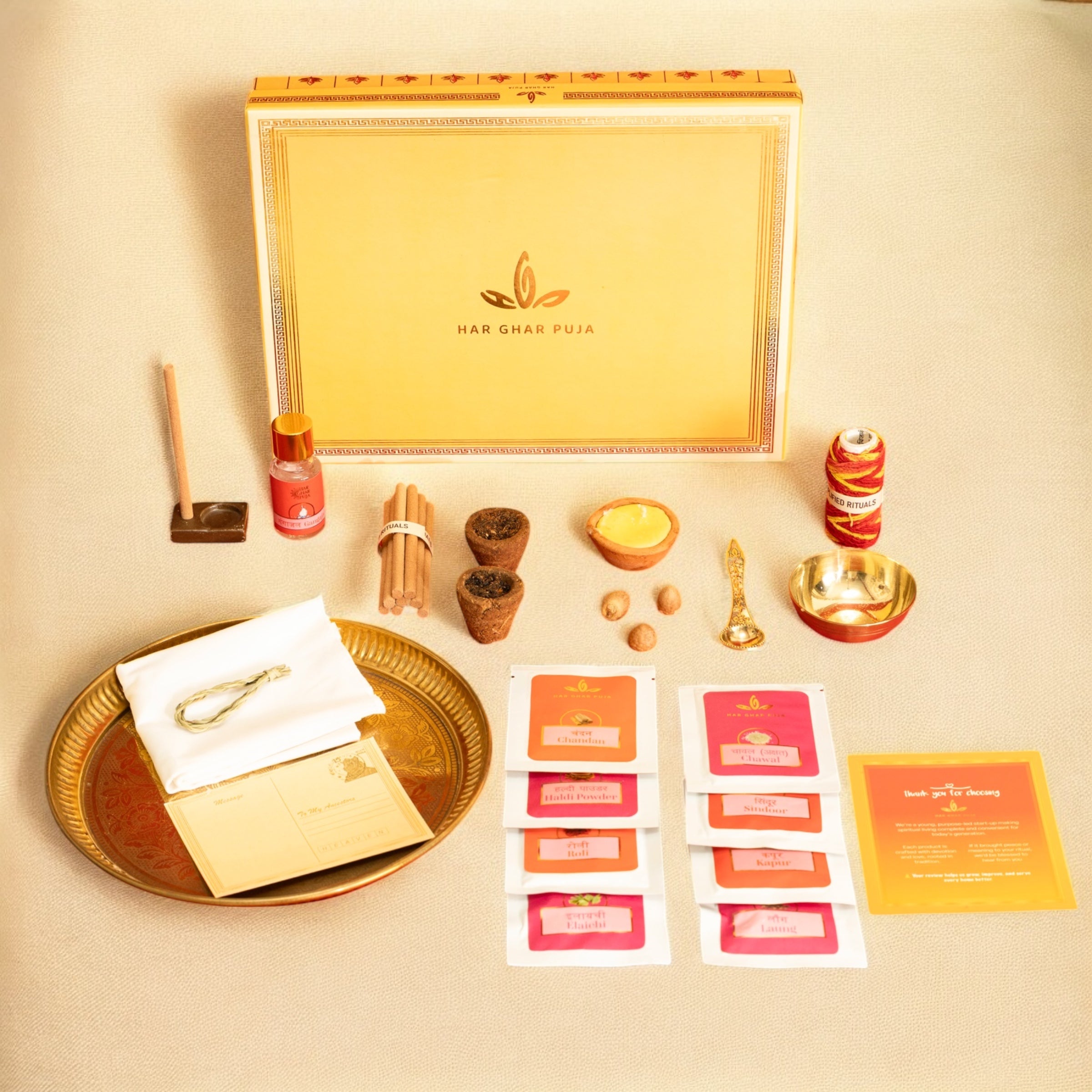In Hinduism, the bond between husband and wife is seen as a sacred partnership, symbolizing mutual respect, love, and commitment. In a traditional sense, the husband is often considered a pillar of strength, providing support and protection for his wife. The relationship is believed to bring spiritual growth and fulfillment, fostering a sense of security and well-being. Celebrating festivals like Haratalika Teej emphasizes the importance of this bond, reflecting the deep-rooted belief that a harmonious marital relationship is essential for personal happiness and societal stability.
Haritalika Teej in 2025 will be celebrated on 26th August, during the Tritiya Tithi of Shukla Paksha in the Bhadrapada month. The auspicious time (Shubh Muhurat) to perform the puja is from 5:56 AM to 8:31 AM on 26th August. The Tritiya Tithi begins at 12:34 PM on 25th August and ends at 1:54 PM on 26th August, making this the ideal period for fasting and rituals.
What is the Meaning of Haratalika Teej?
Haratalika Teej is a significant Hindu festival, especially for married women, celebrated to honor Goddess Parvati and her union with Lord Shiva. This festival can also be celebrated by unmarried women if they wish to seek a husband as wise and powerful as Lord Shiva himself. The term ‘Haratalika’ is derived from two words: ‘Harat’ meaning ‘abduction‘ and ‘Aalika’ meaning ‘name of a female friend.’ This festival marks the day when Goddess Parvati’s friends took her away to save her from an unwanted marriage proposed by her father, and she later married Lord Shiva.
Haratalika Teej is celebrated on the third day of the Shukla Paksha (bright fortnight) in the Hindu month of Bhadrapada, which typically falls in August or September. It is an occasion where women observe fasts and perform rituals to seek marital bliss and the longevity of their husbands.
The Story Behind Haratalika Teej

The legend of Haratalika Teej is deeply rooted in the mythological tale of Goddess Parvati and Lord Shiva. According to Hindu scriptures, Goddess Parvati, the daughter of King Himalaya, was the wife of Lord Shiva in her previous birth and she self immolated herself in her father’s yagna. In her new birth as Parvati she was very fond of worshiping Lord Shiva from her very childhood and when she grew up as an adult she was determined to marry Lord Shiva, who was known for his ascetic lifestyle.
Despite her father’s preference for Lord Vishnu as a suitable husband, Parvati was steadfast in her devotion to Shiva. To demonstrate her dedication and win Shiva’s love, she performed rigorous penance (tapasya) in the Himalayas but Shiva didn’t turn up.
Seeing Parvati’s sad face that her father wants her to marry Lord Vishnu while she is resolved to seek Shiva as her husband, her friends, out of concern for her, abducted her and took her to a dense forest where no one else could find Parvati so that her father can’t not marry her to Vishnu. Parvati built a Shivalinga out of sand and continued her penance in the forest, where she prayed and meditated upon Shiva. Her intense devotion impressed Shiva, who eventually appeared before her and gave her a boon to accept her as his wife.
The name ‘Haratalika’ commemorates this event of abduction by Parvati’s friends and the divine union of Shiva and Parvati. The festival celebrates Parvati’s perseverance, devotion, and love, which led to her union with Lord Shiva. Women observing this festival seek to emulate Parvati’s devotion and wish for a husband like Shiva.
Rituals to be Performed During Haratalika Teej
Haratalika Teej is marked by various rituals and customs that are observed with great enthusiasm, especially in the states of North India and Nepal. The key rituals of Haratalika Teej are as follows:
- Nirjala Vrat (Fasting without Water): One of the most significant aspects of Haratalika Teej is the nirjala vrat, where women observe a fast for the entire day and night without consuming food or water. This fast is considered highly auspicious and is believed to bring long life and prosperity to their husbands. Women observing this fast pray for the well-being of their spouse and marital bliss.
- Shiva-Parvati Puja: Women gather to perform the worship of Lord Shiva and Goddess Parvati. The idol of Parvati, also known as Teej Mata, is adorned with beautiful clothes and jewelry. Offerings of fruits, flowers, sweets, and other items are made to the divine couple. Women chant prayers and sing devotional songs dedicated to Shiva and Parvati, invoking their blessings.
- Sandhya Puja (Evening Prayer): The evening is marked by the Sandhya Puja, where women dress in new clothes, often in shades of green or red, symbolizing fertility and prosperity. They apply mehndi (henna) on their hands and feet, a traditional practice believed to bring good fortune. Married women adorn themselves with jewelry, representing their marital status and prosperity.
- Swings and Singing: Another popular custom during Haratalika Teej is the setting up of swings in homes and gardens. Women swing on these beautifully decorated swings, singing traditional Teej songs that narrate the story of Parvati and Shiva, celebrating the joys of married life.
Date and Muhurat of Haratalika Teej in 2025
In 2025, Haratalika Teej will be celebrated on 26th August. The festival falls on the third day (Tritiya Tithi) of the Shukla Paksha in the Bhadrapada month which typically falls in August or September according to the Gregorian calendar. Women should begin their fast and perform the rituals during this period to align with the auspicious timing.
The auspicious timing (Shubh Muhurat) for performing the Hartalika Puja is from 05:56 AM to 08:31 AM on 26 August 2025. The tritiya tithi begins at 12:34 PM on 25 August 2025 and ends at 01:54 PM on 26 August 2025.
Haratalika Teej is more than just a festival; it is a celebration of love, devotion, and the sanctity of marriage. It serves as a reminder of the spiritual and emotional bond between husband and wife, urging couples to strengthen their relationship through mutual respect, trust, and understanding. By observing the rituals and fasting with dedication, women express their wish for a long, prosperous, and happy married life, much like the divine union of Shiva and Parvati. The festival continues to be a testament to the enduring values of love, commitment, and spiritual devotion in Hindu culture.
Types of Teej and their significance – Link
Check when is Kajri Teej in 2025 – Link
Check when is Haryali Teej in 2025 – Link








4 Comments